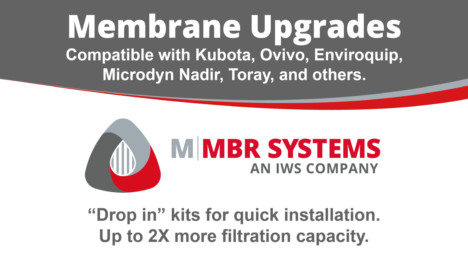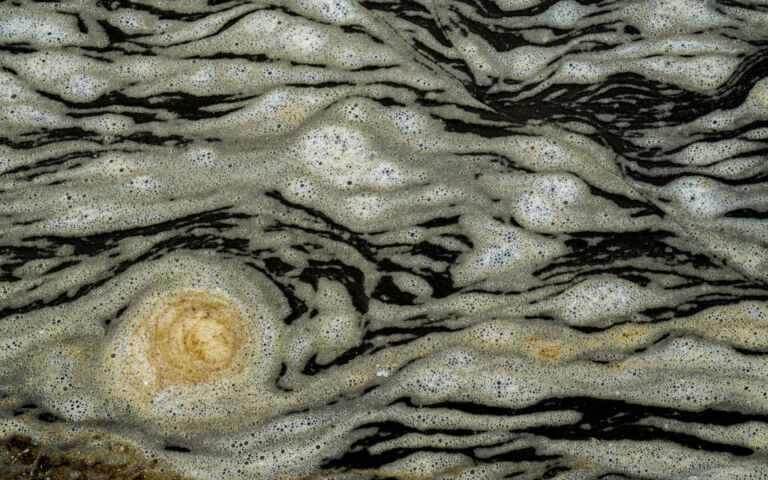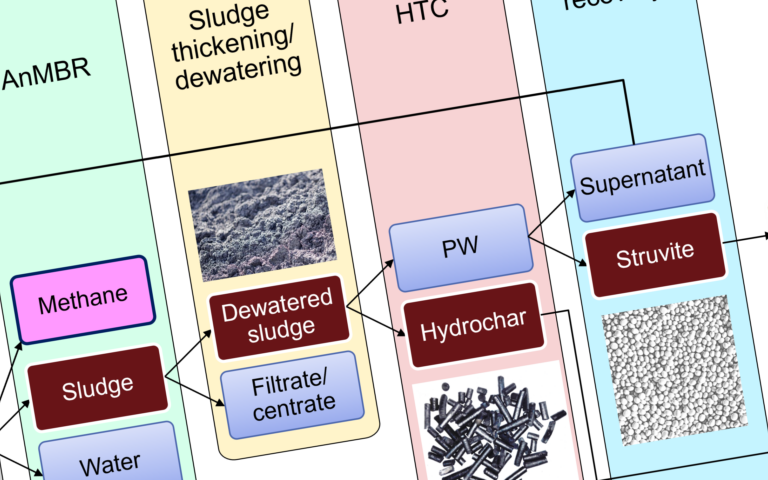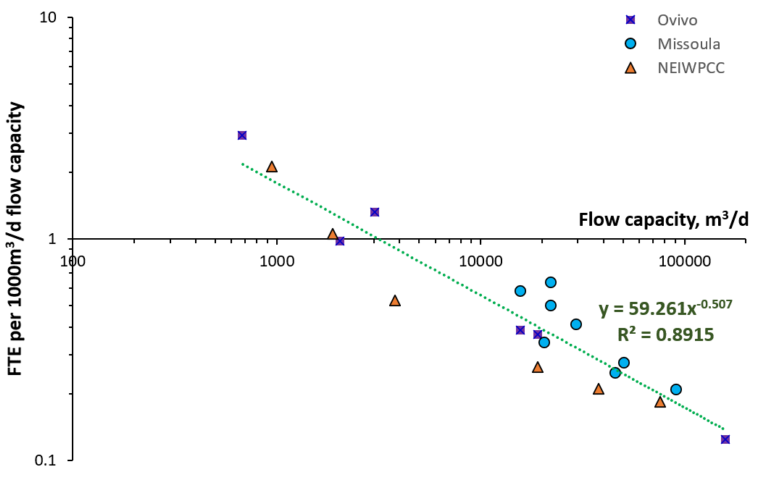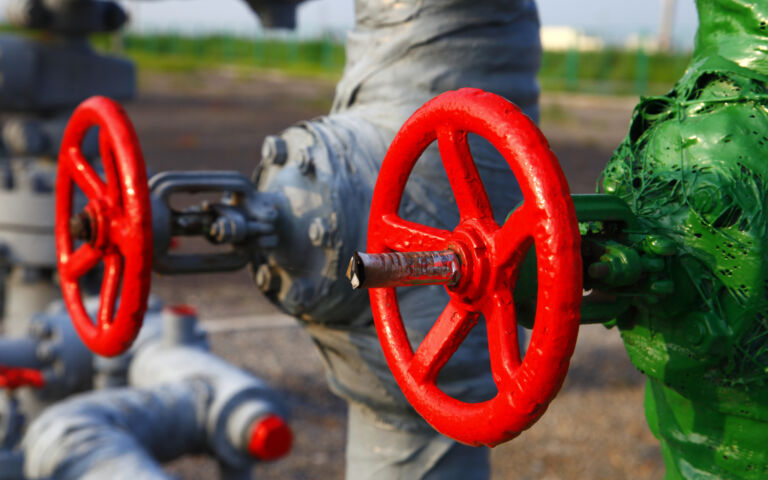Have you got the energy? − Operational efficiency in MBRs

Simon Judd has over 35 years’ post-doctorate experience in all aspects of water and wastewater treatment technology, both in academic and industrial R&D. He has (co-)authored six book titles and over 200 peer-reviewed publications in water and wastewater treatment.
High operational costs, and energy costs in particular, are seen as being the Achilles heel of MBRs. There is naturally a great emphasis on energy efficiency and, given that most of the energy demand from operating MBRs relates to blowing air, aeration energy efficiency has attracted the most attention.
For biotreatment, the aeration demand is dependent on the loading of biodegradable organics. Increasing aeration energy efficiency is therefore achieved through increasing oxygen transfer at the lowest energy demand possible. This has led to the exploration and development of high shear aeration devices to generate small air bubbles with enhanced mixing.
For air scouring of the membrane in immersed MBRs the object is also to create shear, but at the membrane surface itself. This is generally achieved with coarse bubble aerators generating relatively large bubbles which scour the membrane surface directly (as for flat sheet systems) and/or cause lateral movement of the membrane (as in the case of hollow fibres).
So, how much air is actually needed? The low end for the specific energy demand for membrane scouring is now at around 0.1 kWh/m3 permeate for some existing optimised installations (like Brescia and Olu Pandan). It appears now that this figure may be revised downwards with more recent developments in intense intermittent scouring, combined with improvements in membrane module design. Sludge pumping and permeate extraction will always add at least another 0.1 kWh/m3 (at least, for HF systems), but the total of ~0.2 kWh/m3 is impressively frugal.
In fact, there’s now talk of MBRs being lower in carbon footprint than conventional activated sludge processes − even without the polishing step to create parity of treated effluent quality. There are still challenges with the technology, but maybe the energy penalty one is abating.



